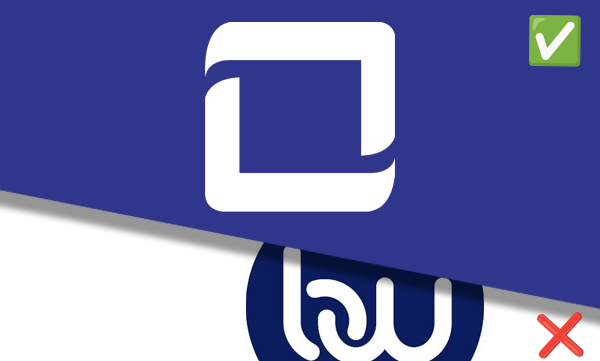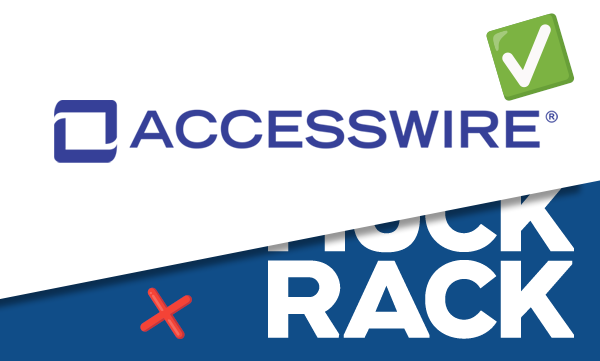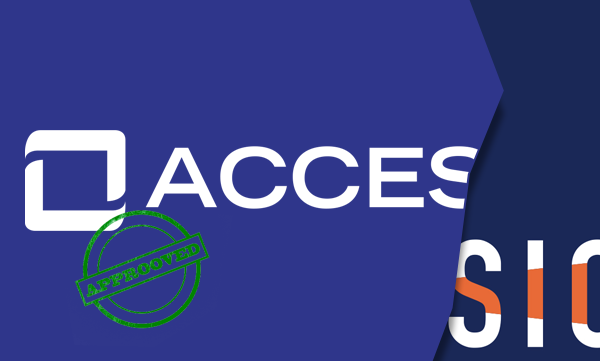Writing and Pitching a Product Launch Press Release
So, you’re in charge of letting the world know that your company has just launched the biggest, most amazing product in the history of earth…or so it feels, given the hopes – and pressure – your higher-ups are putting directly on you to create a press release that is sure to garner tons of attention in digital, broadcast and print media outlets.
You’ve got this…right?
Keep reading – we’re here to help.
In a previous blog we gave tips on how to compose a New Hire Press Release designed to get noticed by your competitors, stakeholders, shareholders, media outlets, and others interested in your company’s news. Your audience may be much wider than that, depending on the product – or service – your company has asked you to announce. Imagine you are announcing the invention of the light bulb…or something called a “television.” We are certain about the success of THOSE press releases!
While your company’s announcement may not be on par with those of the most remarkable inventions of the last couple of centuries, it might be well worth the effort you put into the press release you’re about to write. In this blog, we will go over the tips that will capture the essence of what a good Product Launch Press Release should deliver.
First, let’s concentrate on the construct of the product release. The following steps will be the basis for the release that will get noticed by the media:
- Make sure the headline packs a punch. You will need to make your headline the hook that draws in reporters and editors…and you must do so without too many words. Use action verbs and concise language while keeping your headline short and to the point.
- Provide the value of your product news in the first paragraph. Unless you have worked in a newsroom, you can’t fully appreciate how little time reporters and editors must spend on selecting stories to cover; after all, journalists are always working on deadline. Therefore, make sure that the first paragraph includes the Who, What, When, Where, why, and How of your new product. Providing those six pieces of information up front takes up a lot less of a journalist’s time and will help them to learn the relevance of your news. The one thing you don’t want to do is have them search through your release for the pertinent information.
- Include one or two meaningful quotes. Ideally, your quotes will come from the appropriate C-Level executive, but your company’s official spokesperson or key stakeholder will also suffice. You’ll want to start the third paragraph of your new product release with a quote that should function as the core of the announcement and provide analysis and explain why this product impacts your company’s industry and customers.
- Give detailed, vital information about the new product. Your second-to-last paragraph should contain details that will enhance your announcement’s narrative. Talk about how your company developed the new product or include information about what makes your product unique within your company’s industry. Be sure not to add any “fluff” in this release – the more fact-based and succinct information, the better.
- End with your company’s boilerplate information. A good boilerplate paragraph includes information about what your company does, the size of the company, its presence in the industry, the company’s headquarters and other key locations, and links to the company’s website and social media links.
In all, a press release about a new product should ideally be one page, or two pages at most.
Additional Actions After Your Product Is Announced
In a perfect world, every press release you send out on your company’s behalf sends reporters and editors running to their desks and calling your “Contact for Information” person listed at the top of the release.
Unfortunately, we live in the real world; sitting back and waiting for journalists to inundate your company with phone calls and website messages requesting an interview appointment is HIGHLY discouraged.
Consider these tidbits of information: For every journalist in the U.S., there are five public relations professionals. Additionally, a recent study showed that journalists working for the top media outlets in the U.S. receive just over 70 email pitches per day; the same study pointed out that most journalists only cover one story per day.
That’s what you’re up against when you only write a press release about your new product.
Obviously, the Fortune 100 companies will always get top billing, when it comes to press release attention. The remaining 99.9 percent of companies who create a new product and send a press release about it fight hard to get the media’s attention.
Sending your new product announcement via email can also be tricky business, thanks to the security settings that exist at media organizations; the larger outlets have the power to treat group email blasts as spam, relegating your announcement to the journalist’s Spam folder.
Yikes.
Try the following steps designed to improve your chances of getting your new product announcement noticed:
- Figure Out Your Goals
Take a step back from pitching mode, and ask yourself, “What am I trying to accomplish?” The content you hope to create that will increase your release’s chances of being seen depend on the goals for your announcement; without understanding what these goals are, your message won’t land.
The three most common goals when trying to attract press mentions are A) Increasing your company’s brand awareness, B) Improving your website’s SEO with media coverage, and C) Getting more customers.
Since attracting more customers depends on points A and B, let’s focus on those.
Let’s start with brand awareness increase: Unless you work for one of the top “household name” companies, the likelihood of major outlets like The New York Times, The Wall Street Journal, CNBC, or Bloomberg will not pick up your release…therefore, no immediate sales via click-through links.
As for your possible SEO improvements, if your release is picked up by either large or small-scale outlets and there is a link to your website, that will boost your SEO. One necessity is having the right keywords next to your brand’s name, which can raise your ranking on search engines.
When you are sending your new product announcement, be sure to target media outlets that are relevant to your company and industry; for instance, if your company creates jet engines, you probably don’t want to include publications like Good Housekeeping or the E! News Channel. - Research Journalists Who Could Also Be Influencers.
This search for influencer journalists should begin even before you’ve created your new product content.
Researching who to reach out to prior to your press release goes out allows you to tailor your content based on each journalist’s “beat.” You want to identify media members that cover your company’s industry. Make a list of assorted topics and angles they write about within that industry.
Avoid mistakes, such as targeting the wrong beat… remember how many press releases journalists receive daily? Most of those releases have nothing to do with what he or she writes about. The quickest way to annoy a journalist is by pitching a story that he or she does not cover. - Find What Media Outlets Have Covered Your Competition
Here, you get to act like an investigative reporter. Select some of your industry competition’s websites and see if they have any previous media coverage listed. Make note of the publications and news outlets that have covered that company, and drill down to find the reporter who wrote the story. Hooray – your competition has just made your job of targeting journalists easier!
Similar Blog Posts



PRODUCTS
ACCESSWIRE | All Rights Reserved

